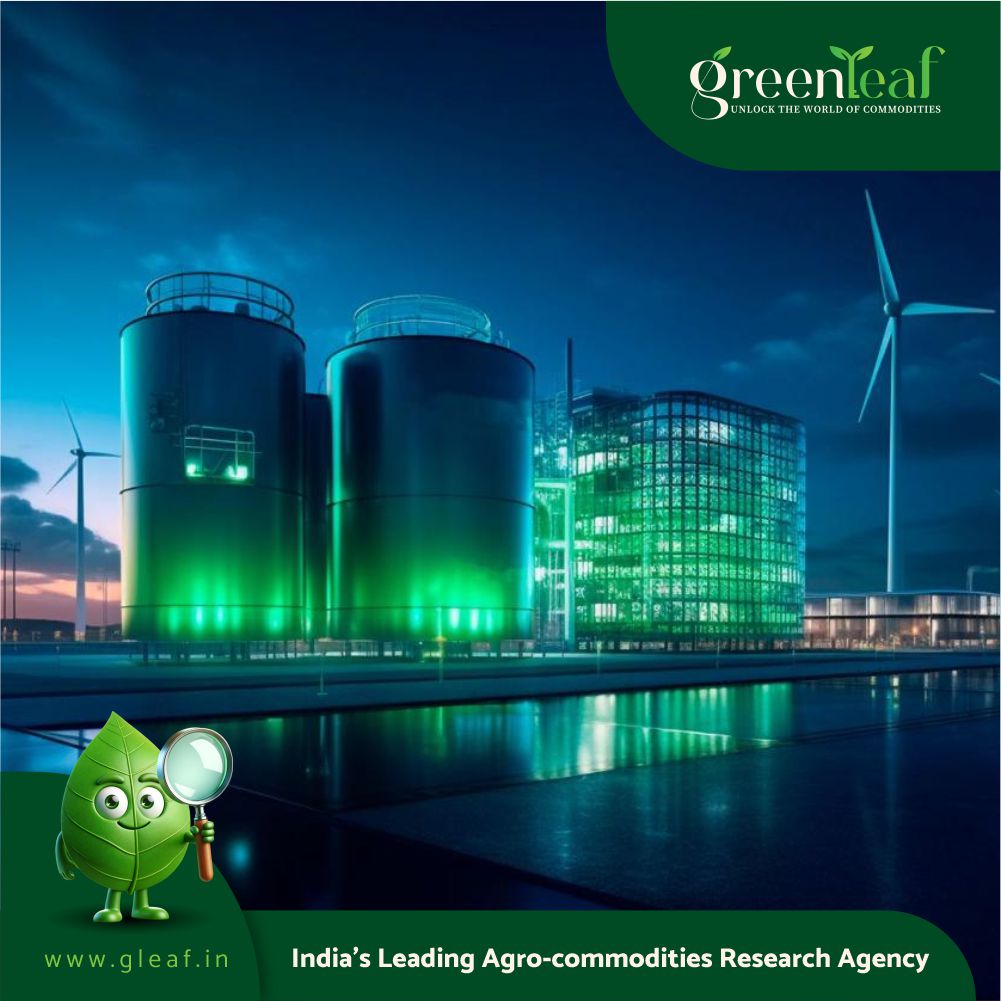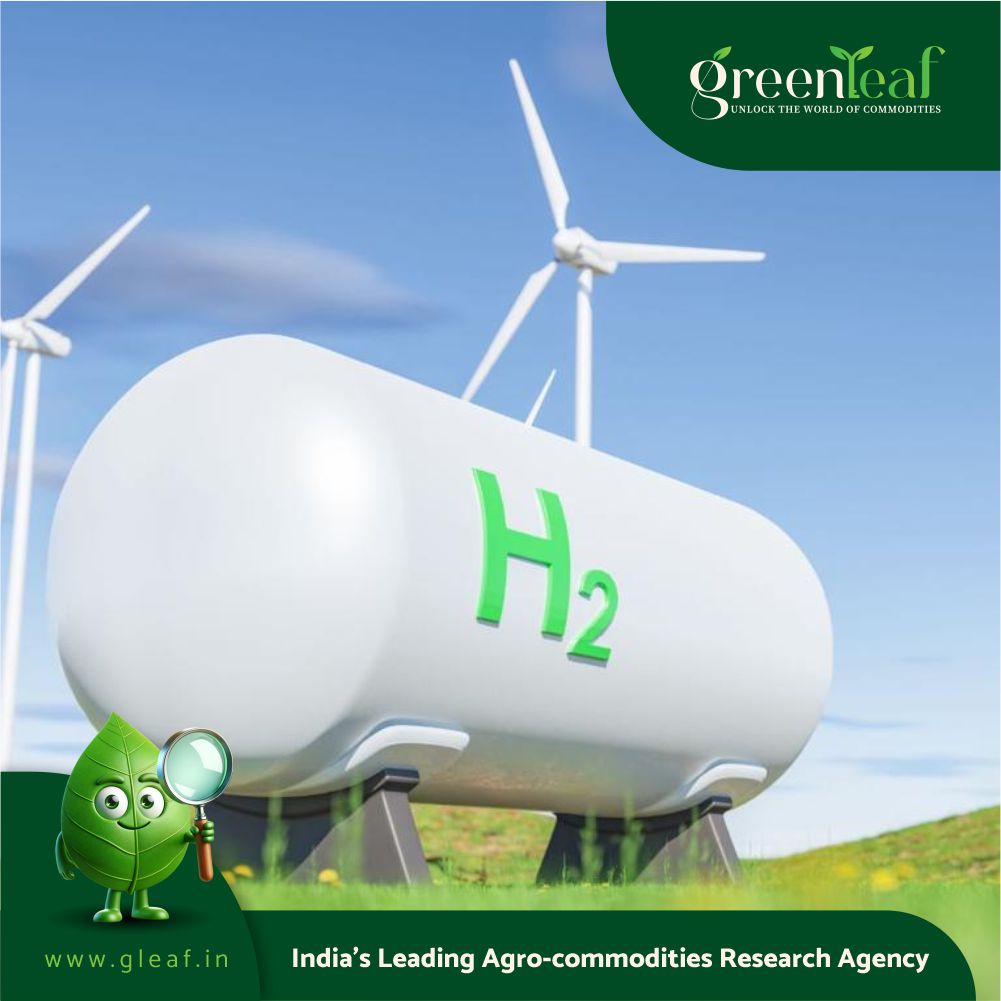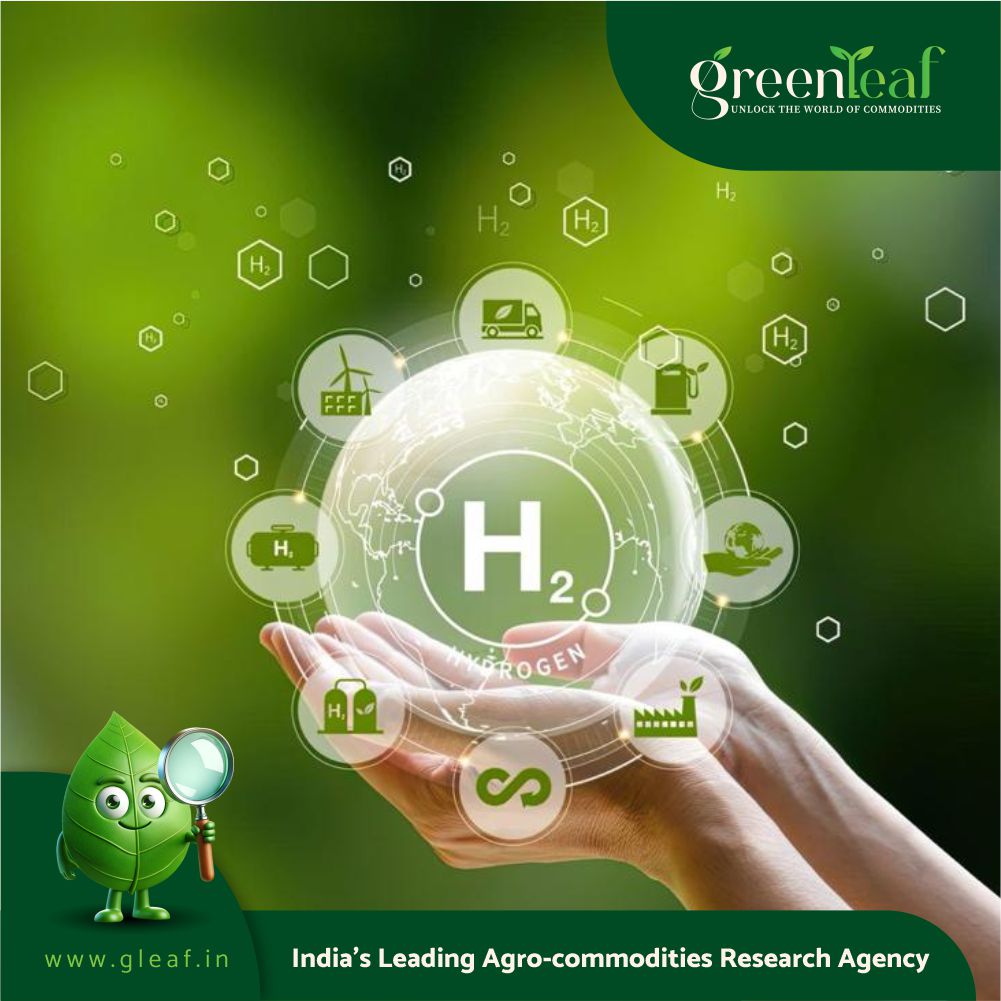In a major step towards building a sustainable and integrated hydrogen ecosystem, the Ministry of New and Renewable Energy (MNRE) has officially recognised three major Indian ports as Green Hydrogen Hubs under the National Green Hydrogen Mission.
Ports Identified Across Three Key States
The designated ports are:
Deendayal Port Authority in Gujarat,
V.O. Chidambaranar Port Authority in Tamil Nadu, and
Paradip Port Authority in Odisha.
According to the Ministry, this recognition is a milestone in India’s clean energy transition. It will enable these ports to serve as central hubs for green hydrogen production, storage, and export.
Driving India’s Clean Energy Ambition
Welcoming the development, Union Minister for Ports, Shipping and Waterways Sarbananda Sonowal called it a defining moment in India’s maritime journey. He said the government is committed to building a sustainable and resilient ecosystem that aligns with India’s long-term vision of achieving net-zero emissions by 2070. Sonowal added that integrating renewable energy and hydrogen infrastructure at major ports would decarbonise maritime operations. He said it would also stimulate green economic growth and create employment.
Accelerating the National Green Hydrogen Mission
The National Green Hydrogen Mission aims to position India as a global leader in the production, utilisation, and export of green hydrogen and its derivatives. Under this initiative, the government is promoting the development of large-scale hydrogen hubs that serve as focal points for both production and consumption. These newly recognised ports are expected to play a strategic role in advancing India’s hydrogen value chain. They will support activities from renewable power generation to end-use applications in industries and transport.
A Step Towards a Greener Future
As reported by nwsonair.gov.in, this recognition reinforces India’s commitment to energy transition and climate action. It highlights how collaboration between the renewable energy and maritime sectors can drive a cleaner, sustainable future.















